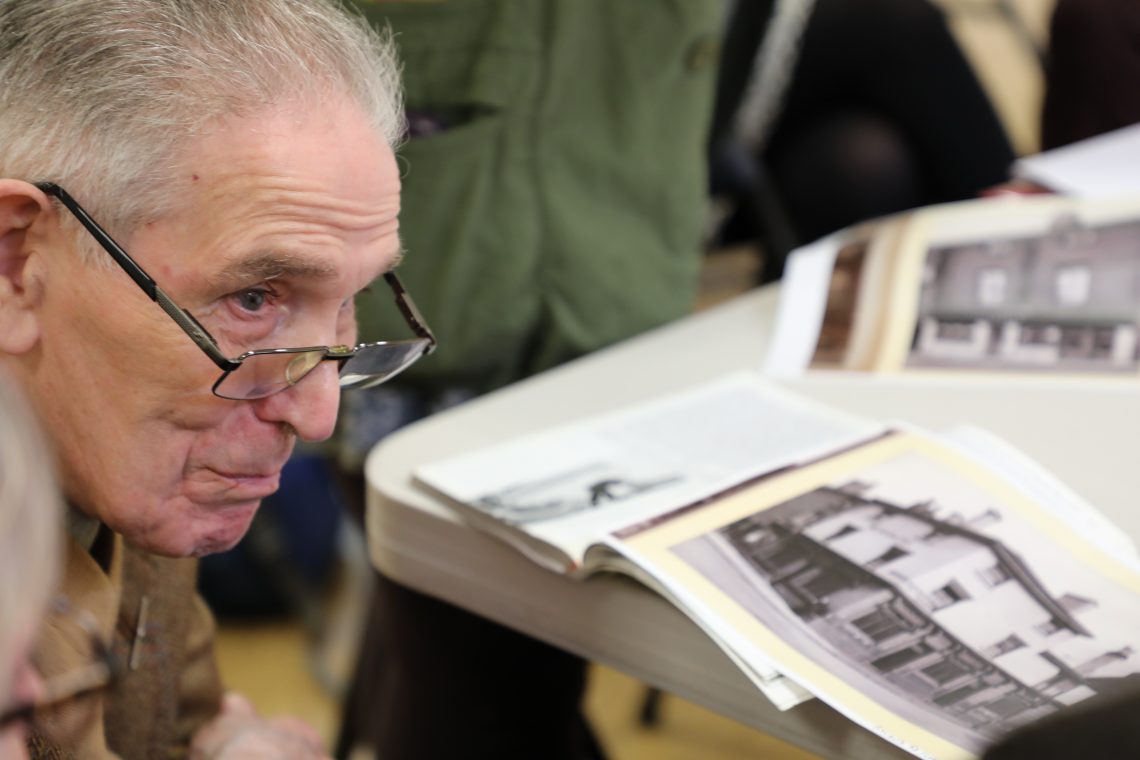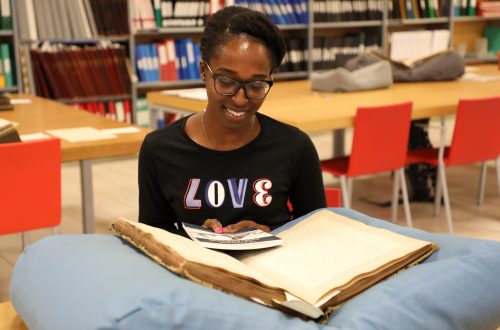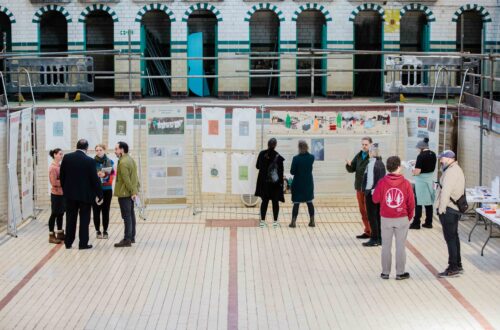
Reflections on the history of ordinary lives
Our Project Evaluator, Moya Lloyd, has been reflecting on some of our work with a group of elders at Edgbaston Community Centre. Through learning about the life stories of participants through their sharing, she has made connections from her own family’s stories. This is an excerpt of a blogpost from her Green Arts blog.
I met a group of residents living in Edgbaston at their first project session at Edgbaston Community Centre.
An informative discussion was led by Liz Palmer who has been researching historic housing developments in Edgbaston since the First World War. Members of the group recalled their own memories of domestic life in the 1940s, 50s and 60s. I learnt about trips to have a bath at the communal ‘wash baths’ where soap and a towel were a luxury for those who could afford it, as was the privilege of arriving early to be the first to use the water. I heard about small three storey terrace housing, with a room for all of the children in the attic and recollections about family health insurance in the days before the NHS. One woman recalled;
Before the NHS Mom used to pay a penny a week…a penny for each person and there were 7 of us
I was intrigued to learn that a darning mushroom was considered a luxury item for some and that satsumas were used to darn socks. According to the BBC History of the World;

This is my own darning mushroom. I feel even more privileged to have it now. It used to belong to my paternal grandma who was was talented in sewing, reupholstery and a vast range of practical things.
My maternal great grandparents had a link with Edgbaston. My great grandma, Sarah (also known as Sally) trained in catering at Port Sunlight and then worked in service in a Victorian house In Edgbaston, before the First World War. It was there she met Bert, a delivery man from the butchers. They were married in August 1914. In the group discussion someone mentioned a divide between the different types of housing, the ordinary small terraces and large grander terraces in roads nearby, I imagined it was at one of the latter properties that Bert and Sarah were brought together.


These photographs relating to my great grandparents are from a very special family collection that has been put together by my mom. She spent time with her grandad Bert during the 1960s a time when he lived with her parents, after Sarah had died. He talked to her about some of his experiences serving in the First World War and later on she compiled this collection of photographs and postcards representing different parts of his life.
I have been talking about this and other family memories as part of the Living Memory Project who are working with people in the Black Country to collate and digitise stories and photographs of ordinary people.
I am really enjoying both reflecting on my own family history and working with Rachel Gillies and the team at Represent. I will be examining how coming together to share personal histories can improve wellbeing, as well as looking at how the Representation of the People’s Act has impacted on the lives of ordinary people today.




